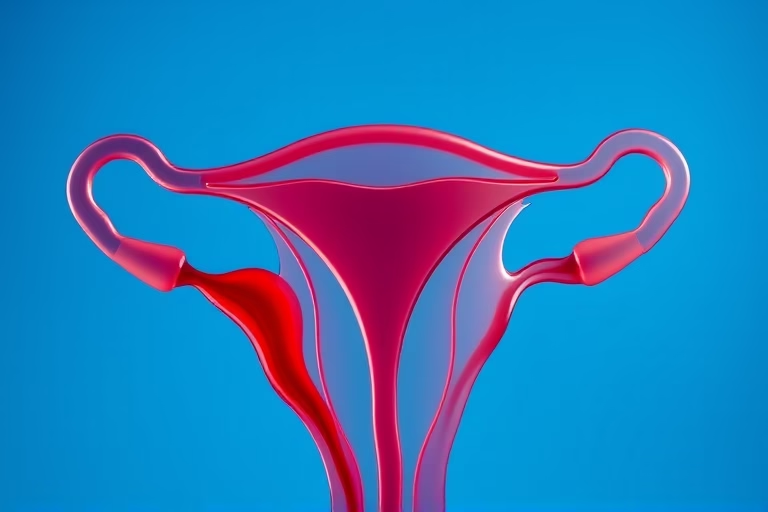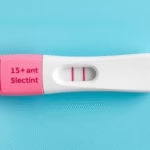Understanding UTI and Implantation Bleeding
When discussing UTI and implantation bleeding, it is important to understand what each term means. A urinary tract infection (UTI) is an infection that can occur in any part of the urinary system, including the kidneys, ureters, bladder, and urethra, often leading to symptoms such as painful urination, frequent urination, and abdominal pain. On the other hand, implantation bleeding is a light spotting that can occur when a fertilized egg attaches itself to the lining of the uterus, often signaling the earliest signs of pregnancy. This type of bleeding typically happens around the time your period would be expected, making it essential to differentiate between the two for accurate diagnosis and timely treatment. Recognizing the symptoms and understanding how to interpret them can have a significant impact on your health.
Common Symptoms of a UTI
Urinary tract infections can manifest through several noticeable symptoms. It is important for individuals, particularly women, to recognize these early signs to seek timely medical attention. Here are some common symptoms associated with UTIs:
A UTI can quickly progress if left untreated. The symptoms usually appear suddenly and can vary in intensity. Accurate identification of these symptoms plays a vital role in ensuring appropriate treatment, which generally includes antibiotics.
Identifying Implantation Bleeding
Implantation bleeding may often be mistaken for a light period, thus understanding its specific characteristics is crucial. Here are some characteristics of implantation bleeding:
Recognizing these signs can help women distinguish implantation bleeding from a regular menstrual cycle. If one suspects pregnancy, it is advisable to consult a healthcare provider.
UTI vs Implantation Bleeding: Key Differences
The key differences between UTI and implantation bleeding can help individuals understand what they may be experiencing. Here are some reflective points:
Recognizing these differences can help in determining when to seek medical evaluation and ensures individuals undergo appropriate testing and treatment. Consultation with a healthcare professional is advised when symptoms persist or aggravate.
When to Seek Medical Attention for UTI Symptoms
It is important to appropriately respond to UTI symptoms to prevent complications. One should seek medical attention if:
Prompt medical attention is vital to avoid serious complications, such as kidney infections, that can arise from untreated UTIs.
Diagnostic Tests for UTI and Implantation Bleeding
Diagnosing either condition generally begins with a discussion of symptoms and history with a healthcare provider. Here are some common diagnostic tests that might be conducted:
For implantation bleeding, a healthcare professional may suggest:
Proper testing allows for accurate diagnosis and effective treatment that aligns with the diagnosed condition.
Natural Remedies for UTI Relief
In addition to medical treatment, individuals suffering from a UTI may consider some natural remedies to help alleviate symptoms:
Although these remedies may provide relief, they should not replace prescribed treatment. Always consult with a healthcare professional for proper management options.
Understanding Potential Risks of Misdiagnosis
Misinterpretation of symptoms can lead to incorrect diagnoses, which can cause treatment delays. Misdiagnosing a UTI for implantation bleeding, or vice versa, can pose various risks:
Awareness of symptoms and timely consultation with healthcare providers can reduce the risk of misdiagnosis and ensure prompt and effective care.
Final Thoughts
In understanding the differences between UTI and implantation bleeding, being well-informed can empower individuals to make knowledgeable health choices. Observing symptoms thoroughly allows for appropriate and timely responses to health concerns. Remember that a UTI presents with more intense symptoms such as painful urination, while implantation bleeding tends to be light and brief and usually indicates early pregnancy. Accurate diagnosis is essential to receiving appropriate treatment, ensuring overall health and wellbeing. After evaluating the symptoms or experiencing any concerning signs, it is crucial to seek medical advice as soon as possible.
The recognition of symptoms, understanding the necessary interventions, and acknowledging potential risks associated with misdiagnosis are key takeaways. This comprehensive approach facilitates better health management, providing individuals assurance as they navigate their symptoms.
Frequently Asked Questions
- Can implantation bleeding be mistaken for a menstrual period?
Yes, implantation bleeding can sometimes appear similar to light menstrual bleeding.
- How long does implantation bleeding last?
Implantation bleeding typically lasts from a few hours up to two days.
- What is the main cause of a UTI?
UTIs are most commonly caused by bacteria such as E. coli entering the urinary tract.
- Is it safe to wait for symptoms of UTI to improve?
It is not advisable to wait if symptoms persist, as untreated UTIs can lead to serious complications.
- What should I do if I suspect I have implantation bleeding?
Consider taking a home pregnancy test and consult a healthcare provider for further guidance.
Further Reading
What Type of Psychotherapy Is Best for Anxiety?







